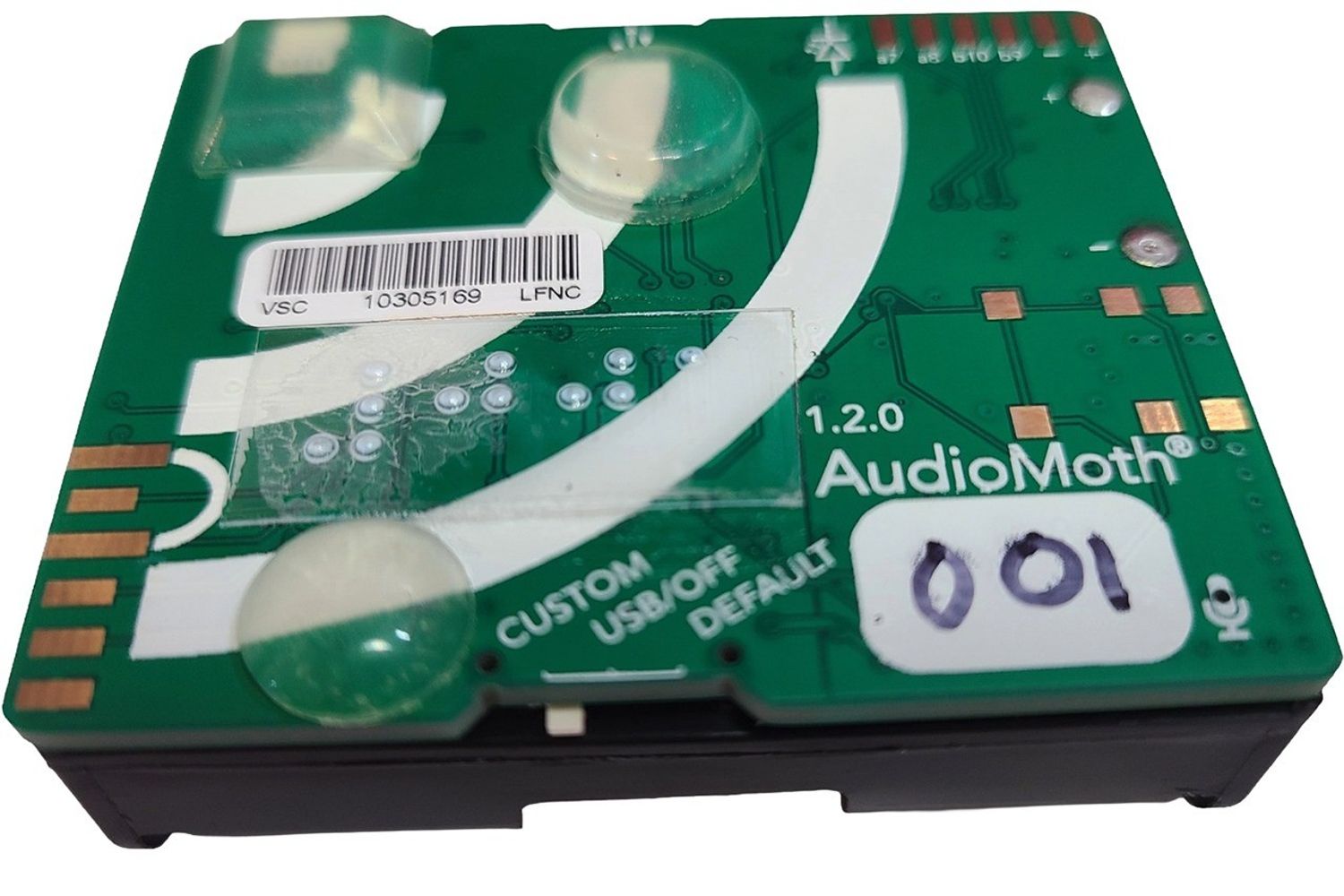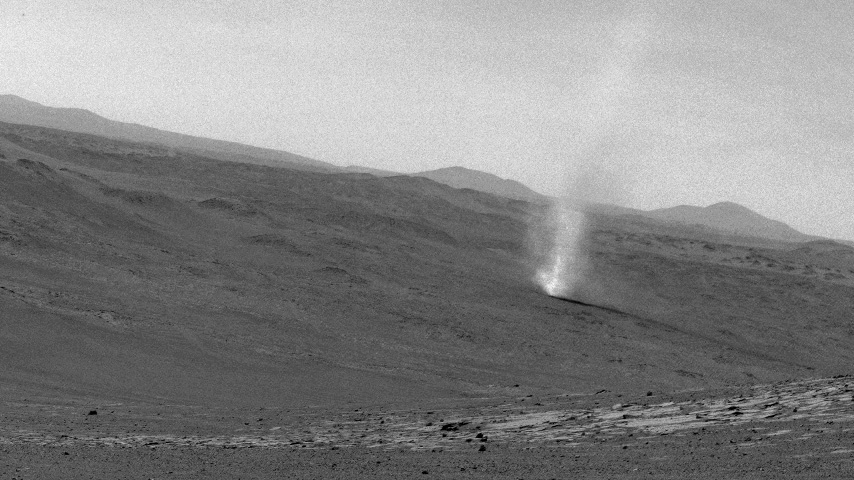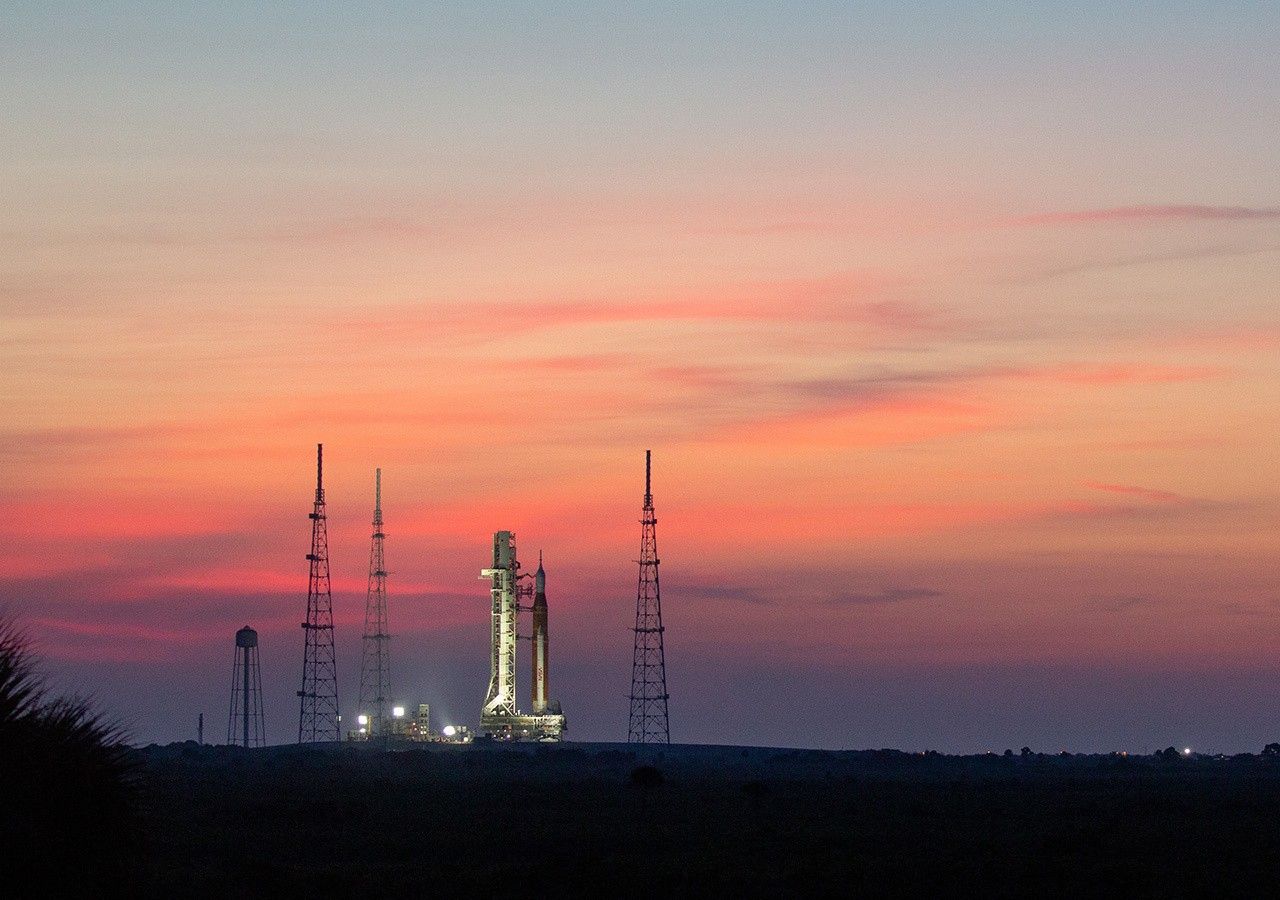
The summer of 2022 was busy for us here at NASA. While we didn’t get to the beach, one of our space probes did some serious sunbathing. We made big progress on a new spacecraft that will fly over an ocean we think is deep inside an icy moon. One of our robots spent the summer collecting rocks on Mars, and another one celebrated a big birthday. Oh, and check out some of our fave summer photos from our new space telescope. This is how we spent the summer of ‘22.
1. Zipping Close to the Sun, Again
NASA's Parker Solar Probe completed its 12th close approach to the Sun on June 1, 2022, coming within 5.3 million miles (8.5 million kilometers) of the solar surface. (Don’t worry, we packed sunscreen!)
LEARN MORE: Parker Solar Probe | Our Sun | NASA Space Place: All About the Sun
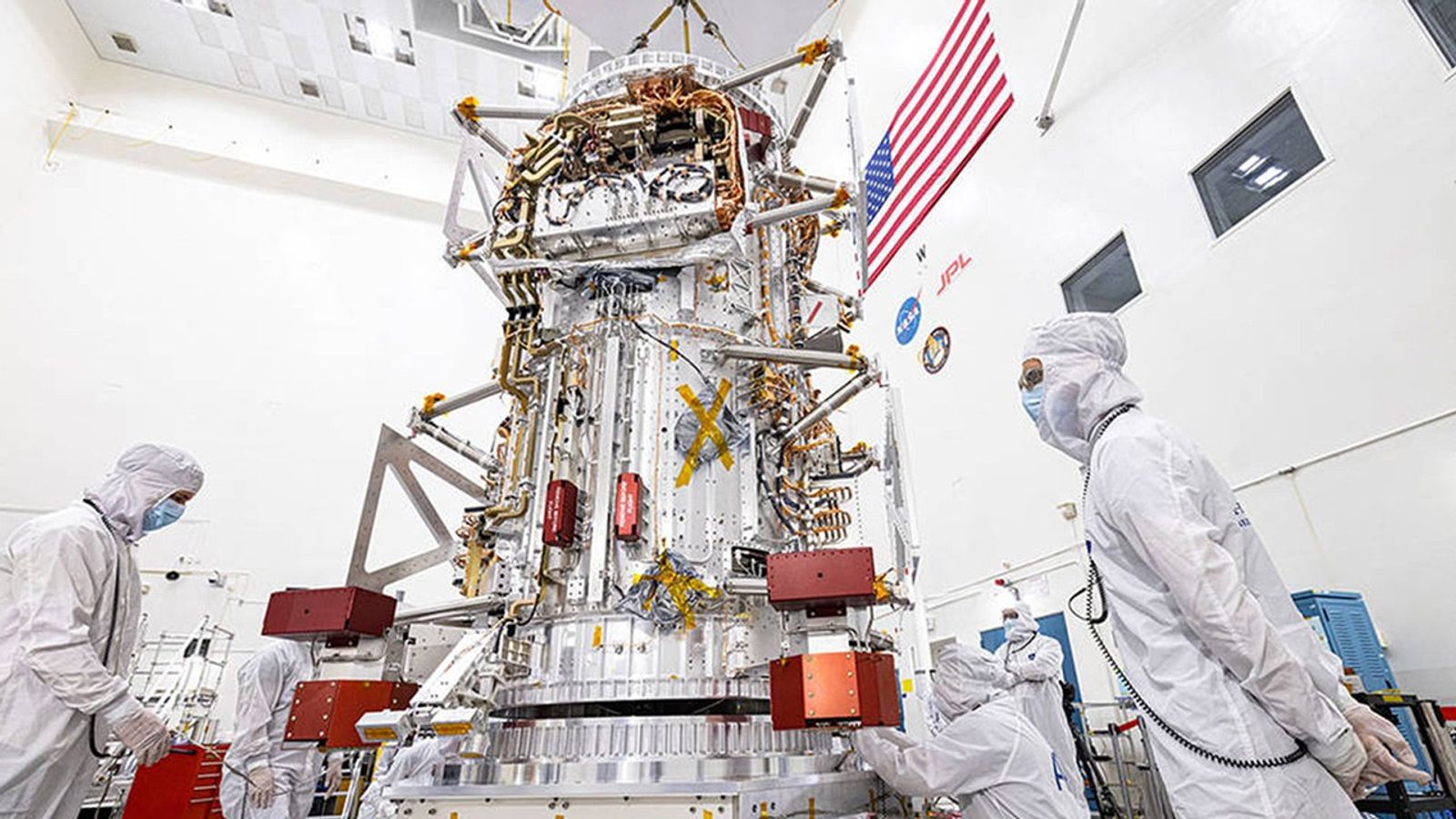
2. Europa Clipper: The Main Body of the New Spacecraft is Complete!
It’s not exactly a beach body, but the main body of NASA’s Europa Clipper spacecraft was delivered in June to the agency’s Jet Propulsion Laboratory (JPL) in Southern California. Over the next two years, JPL engineers and technicians will finish assembling the craft by hand before testing it to make sure it can withstand the journey to Jupiter’s icy moon Europa.
LEARN MORE: Europa Clipper | Europa | NASA Space Place: All About Europa | Ocean Worlds Resources

3. Asteroid Bennu’s Surface is Like a Plastic Ball Pit
After analyzing data gathered when NASA’s OSIRIS-REx spacecraft collected a sample from asteroid Bennu in October 2020, scientists have learned something astonishing: The spacecraft would have sunk into Bennu had it not fired its thrusters to back away immediately after it grabbed dust and rock from the asteroid’s surface.
It turns out that the particles making up Bennu’s exterior are so loosely packed and lightly bound to each other that if a person were to step onto Bennu they would feel very little resistance, much like stepping into a pit of plastic balls that are popular play areas for kids – and big kids too.
LEARN MORE: Bennu | OSIRIS-REX | Asteroids

4. Perseverance: Rock Collecting on Mars
NASA’s Perseverance rover did some serious rock collecting on Mars this summer, taking its first sample from the delta at its landing site, Jezero Crater. Since arriving at the delta, Perseverance has been testing different rocks to see if they’re a good candidate for the first core sample in the area. The first few rocks the mission team considered either fractured too easily or had surfaces that were too rough to safely place the rover's drill.
The best candidate was a rock named Skinner Ridge. How did it get that name? The rover is currently in an area of the delta called the Shenandoah quadrangle, named for the U.S. National Park in Virginia. Skinner Ridge, Thornton Gap, and Swift Run are all features in Shenandoah.
LEARN MORE: Perseverance | Mars | NASA Space Place: All About Mars | Mars Resources
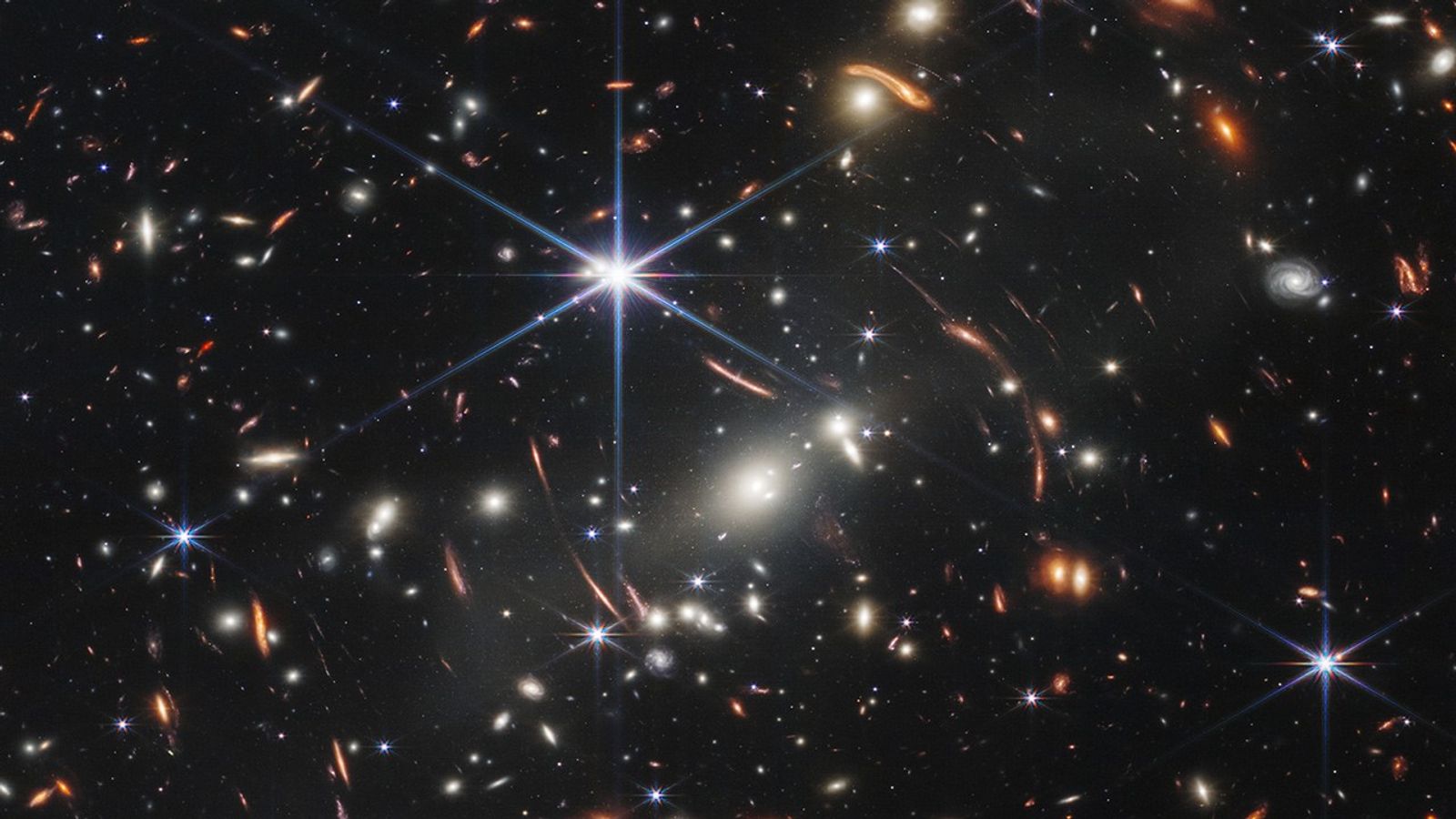
5. Webb Gets GOAT Summer Snaps
NASA’s new James Webb Space Telescope delivered the deepest and sharpest images of the distant universe so far. Webb’s first deep field image is a galaxy cluster called SMACS 0723. It is teeming with thousands of galaxies – including the faintest objects ever observed in the infrared.
LEARN MORE: Gallery of Webb’s First Images | About Webb

6. We Found Moon Caves That Are (Sorta) Comfy
NASA-funded scientists have discovered shaded locations in pits on the Moon that always hover around a comfortable 63 degrees F (about 17 C) using data from NASA’s Lunar Reconnaissance Orbiter (LRO) spacecraft and computer modeling.
The pits, and caves to which they may lead, would make thermally stable sites for lunar exploration compared to other parts of the Moon’s surface, which can heat up to 260 degrees F (about 127 C) during the day and cool to minus 280 F (about minus 173 C) at night.
Lunar exploration is part of NASA’s goal to explore and understand the unknown in space, and to inspire and benefit humanity. With its Artemis program, NASA will land the first woman and first person of color on the Moon. Artemis I, scheduled to launch no earlier than Aug. 29, 2022, will be the first integrated test of the Orion spacecraft, Space Launch System (SLS), and the ground systems at Kennedy Space Center.
LEARN MORE: Earth’s Moon | More About Earth's Moon | NASA Space Place: All About Earth's Moon | Artemis 1 Mission | Artemis Blog
7. Getting the Scoop on Dust
After being installed on the outside of the International Space Station, NASA’s Earth Surface Mineral Dust Source Investigation (EMIT) mission provided its first view of Earth. The milestone, called “first light,” took place at 7:51 p.m. PDT (10:51 p.m. EDT) on July 27, 2022, as the space station passed over Western Australia.
Developed by NASA’s Jet Propulsion Laboratory (JPL), EMIT will map the mineral dust composition of Earth’s dry regions to help scientists better understand how dust affects climate heating and cooling. The instrument works by measuring the hundreds of wavelengths of light reflected from materials on Earth.
LEARN MORE: EMIT | Earth | NASA Space Place: All About Earth | NASA Global Climate Change

8. Maybe Not a Great Vacation Spot: Juno Spots Giant Vortices on Jupiter
As NASA’s Juno mission completed its 43rd close flyby of Jupiter on July 5, 2022, its JunoCam instrument captured this striking view of vortices – hurricane-like spiral wind patterns – near the planet’s north pole. These powerful storms can be over 30 miles (50 kilometers) in height and hundreds of miles across. Figuring out how they form is key to understanding Jupiter's atmosphere, as well as the fluid dynamics and cloud chemistry that create the planet’s other atmospheric features.
A NASA citizen science project, Jovian Vortex Hunter, seeks help from volunteer members of the public to spot and help categorize vortices and other atmospheric phenomena visible in JunoCam photos of Jupiter. As of July 2022, 2,404 volunteers had made 376,725 classifications using the Jovian Vortex Hunter project website.
LEARN MORE: Juno | Jupiter | NASA Space Place: All About Jupiter | Jupiter Resources

9. Curiosity’s 10th Birthday on Mars
On Aug. 5, 2012, a jetpack lowered NASA’s Curiosity rover onto the Red Planet, beginning the SUV-size explorer’s pursuit of evidence that, billions of years ago, Mars had the conditions needed to support microscopic life.
Turning 10 is a big deal. We couldn’t send cake, so we made a poster to celebrate. You can click here to get a copy.
LEARN MORE: Curiosity | Mars | NASA Space Place: All About Mars | Mars Resources
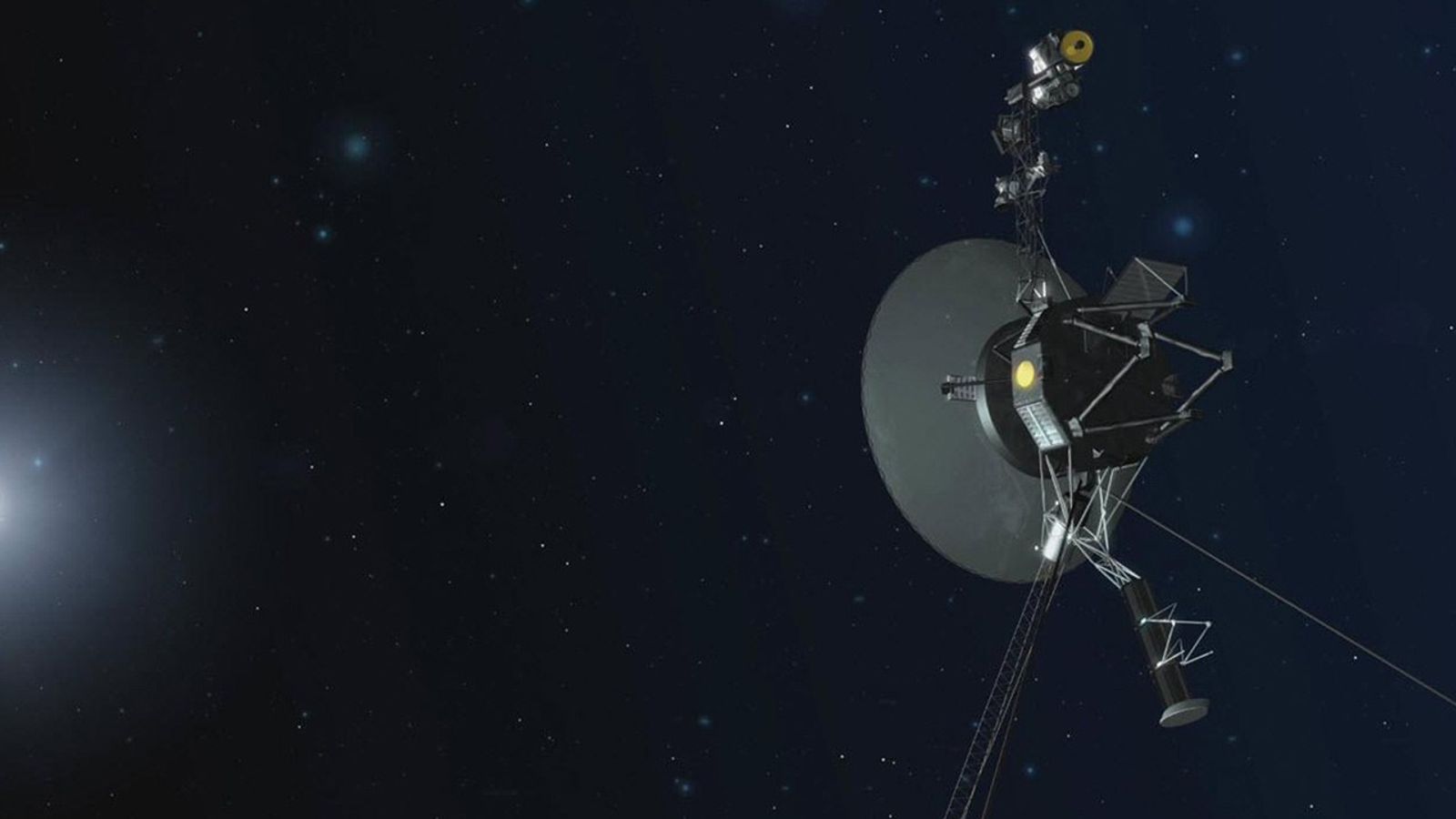
10. Our Voyagers Are on the Ultimate ‘Road Trip’
NASA’s twin Voyager 1 and 2 spacecraft are boldly going where nothing from Earth has gone before. Since their 1977 launches, they’ve each traveled much farther away from Earth and the Sun than Pluto. On Aug. 25, 2012, Voyager 1 made history by entering interstellar space, the region between stars. Voyager 2 entered interstellar space on Nov. 5, 2018.
Each spacecraft has put a lot of miles on its odometer. Voyager 1 is more than 14.5 billion miles (22.5 billion kilometers) from Earth, zipping along at about 38,000 mph (61,000 kph). Voyager 2 has logged more than 12 billion miles (319 billion kilometers).
If you’re going to travel really far, you need some tunes. Each Voyager has a Golden Record with Earth’s greatest hits – sounds and images selected to portray the diversity of life and culture on the home planet.
While the Voyagers can’t send selfies from deep space, both spacecraft are still “texting” – sending home scientific information about their surroundings through NASA’s Deep Space Network, or DSN.
LEARN MORE: Voyager | MissionStatus | Follow Voyager on Twitter | Going Interstellar | Deep Space Network






























